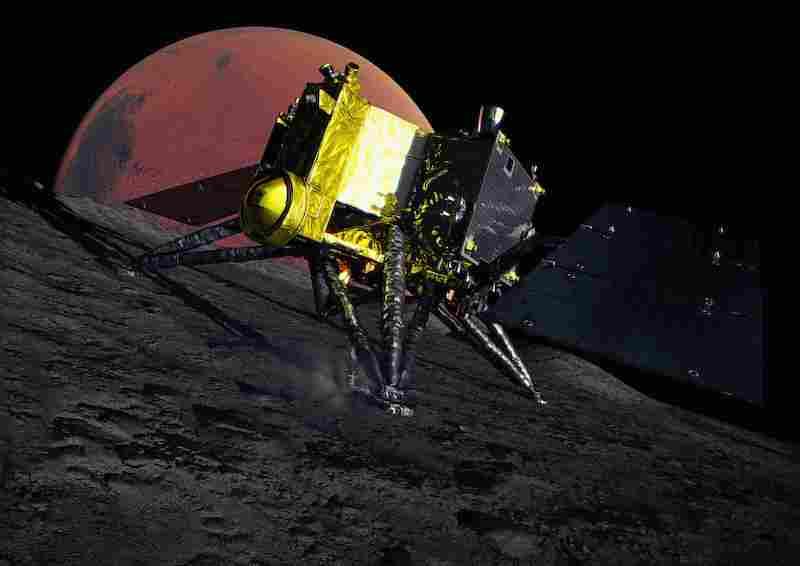
COLORADO SPRINGS—The Japan Aerospace Exploration Agency (JAXA) says the successful second flight of its H3 medium-lift rocket in February has boosted confidence in the vehicle’s ability to launch the agency’s Martian Moons eXploration, or MMX, sample return mission in 2026.
Originally scheduled to launch later this year, the mission to the Martian moon Phobos was delayed by JAXA in January following the second-stage failure of the H3 on its debut launch in March 2023. The agency also determined more time was needed to complete ground verification tests of the 4,000-kg. (8,820-lb.) MMX spacecraft.
Commenting to Aerospace DAILY here in Colorado Springs on the sidelines of the Space Symposium, Masaki Fujimoto, deputy director general of JAXA’s Institute of Space and Astronautical Sciences, says the H3 “now seems to be going well.” He adds that despite the two-year delay, JAXA is only considering some minor efforts to add “more sophistication” to some of the MMX experiments, but will otherwise leave the spacecraft as is.
The MMX mission is designed to study Mars and its two small moons, Phobos and Deimos. One of the MMX payloads is a rover, jointly developed by the French space agency CNES and German aerospace agency DLR, which will touch down on Phobos. The rover, dubbed IDEFIX, was formerly handed over to JAXA from its European makers on March 7.
Owing to the size and surface composition of the Martian moon, Fujimoto says MMX will use a pneumatic sample collection system rather than the penetration devices used on the Hayabusa 2 mission to the near-Earth asteroid Ryugu in 2019-20. The MMX also will incorporate a gamma-ray and neutron spectrometer being developed in cooperation with NASA.
The mission aims to clarify the origin of the Martian moons and the process of planet formation in the Solar System, as well as prove technology required for the return trip between the Earth and Mars. It also will prove advanced sampling techniques and help establish optimal communication technologies using a newly developed ground station.
Originally scheduled to enter orbit around Mars in August 2025 and return in September 2029, the mission's revised timetable now calls for the spacecraft to stay in Mars orbit for three years, with the sample due to return to Earth in 2031.





